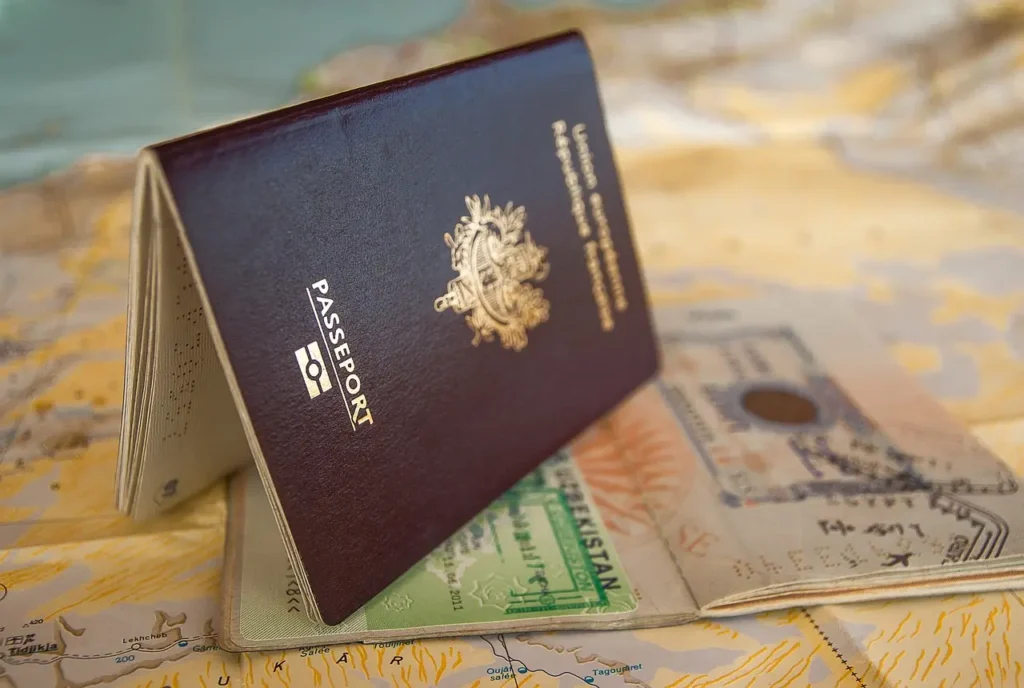Group projects can be tricky, especially when you’re working with international students. Want to know how to ace them? This guide will walk you through the best practices to make your group projects a smashing success. Ready to build a global team that works like a dream? Let’s dive in.
The Importance of Group Projects
Group projects are a staple of academic life, and they offer an excellent opportunity to collaborate, learn from peers, and tackle complex problems. When international students are part of the mix, the experience can be even more enriching. You get to learn about different cultures, perspectives, and problem-solving approaches. However, the diverse backgrounds can also present unique challenges. The key is to embrace these differences and leverage them for a more dynamic and successful project outcome.
Building a Diverse and Inclusive Team
Creating a diverse and inclusive team is the first step towards a successful group project. Ensure that all members are given an equal opportunity to contribute and that their unique perspectives are valued. This not only fosters a positive team environment but also enhances creativity and innovation. When everyone feels included, they’re more likely to be engaged and committed to the project.
Establishing Clear Communication Channels
Effective communication is crucial in any group project, but it’s even more critical when working with international students. Language barriers and cultural differences can sometimes lead to misunderstandings. To avoid this, establish clear communication channels from the start. Use tools like group chats, video calls, and collaborative platforms to keep everyone in the loop. Make sure to encourage open and respectful communication, where all members feel comfortable sharing their ideas and concerns.
Setting Clear Goals and Expectations
One of the most common pitfalls in group projects is the lack of clear goals and expectations. Without them, team members can become confused about their roles and responsibilities. At the beginning of the project, sit down with your team and outline the project’s objectives, deadlines, and individual tasks. This clarity will help keep everyone on track and ensure that all team members are working towards the same goals.
Leveraging Technology for Collaboration
In today’s digital age, there are countless tools available to help facilitate group projects. From project management software like Trello and Asana to communication tools like Slack and Microsoft Teams, technology can bridge the gap between team members, no matter where they’re from. Utilize these tools to assign tasks, track progress, and maintain clear communication throughout the project.
Understanding Cultural Differences
Cultural differences can significantly impact how group members interact and work together. Take the time to understand and respect these differences. For example, some cultures might have a more hierarchical approach to group work, while others may value equality and collaboration. Being aware of these nuances can help prevent conflicts and misunderstandings, and foster a more cohesive team dynamic.
Encouraging Active Participation
Active participation from all team members is vital for a successful group project. Encourage everyone to contribute their ideas and expertise. Sometimes, international students might feel hesitant to speak up due to language barriers or cultural differences. Create an inclusive environment where all voices are heard and valued. This not only improves the quality of the project but also enriches the learning experience for everyone involved.
Conflict Resolution Strategies
Conflicts are inevitable in group projects, especially in diverse teams. The key is to address them promptly and constructively. Establish a clear process for conflict resolution, such as discussing issues openly during team meetings or seeking mediation from a neutral third party if necessary. By tackling conflicts head-on, you can prevent them from escalating and ensure that the team remains focused on the project goals.
Time Management and Meeting Deadlines
Managing time effectively is crucial for the success of any group project. Create a timeline with key milestones and deadlines, and make sure everyone is aware of them. Use project management tools to keep track of progress and ensure that tasks are completed on time. Regular check-ins can also help keep everyone accountable and address any potential issues before they become major roadblocks.
Real-Life Example: Successful Group Project with International Students
Let’s look at the experience of a group of students from a university in the United States working on a project with peers from China, India, and Germany. They started by establishing clear communication channels using Slack and Zoom. Each member was assigned specific tasks based on their strengths and interests. They set up weekly check-ins to discuss progress and address any issues. By understanding and respecting each other’s cultural differences, they managed to create a harmonious and productive team environment. The project was a success, earning high praise from their professors for its innovative approach and thorough execution.
Conclusion
Group projects with international students can be incredibly rewarding, offering a chance to learn and grow in a multicultural environment. By building an inclusive team, establishing clear communication channels, setting clear goals, leveraging technology, understanding cultural differences, encouraging active participation, and managing time effectively, you can ensure the success of your group project. Embrace the diversity and use it to your advantage to create a project that stands out.
FAQs
What are the benefits of working on group projects with international students?
Working with international students offers exposure to different cultures, perspectives, and problem-solving approaches, enhancing creativity and innovation.
How can we overcome language barriers in group projects?
Establish clear communication channels using tools like group chats and video calls. Encourage open and respectful communication, and be patient and supportive of each other.
What should we do if conflicts arise in our group?
Address conflicts promptly and constructively. Establish a clear process for conflict resolution and seek mediation from a neutral third party if necessary.
How can we ensure active participation from all team members?
Create an inclusive environment where all voices are heard and valued. Encourage everyone to contribute their ideas and expertise.
What tools can help with managing group projects?
Utilize project management software like Trello and Asana, and communication tools like Slack and Microsoft Teams to assign tasks, track progress, and maintain clear communication.



